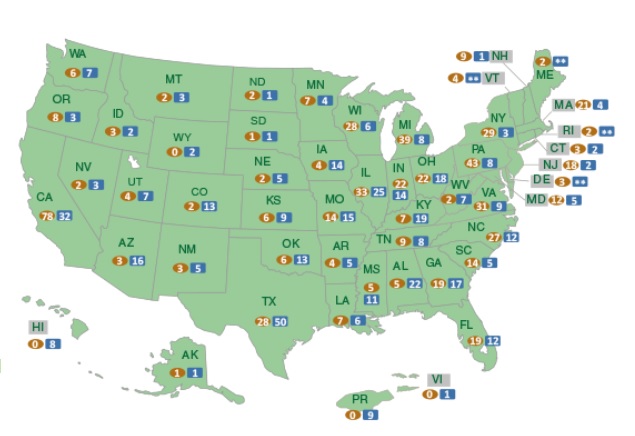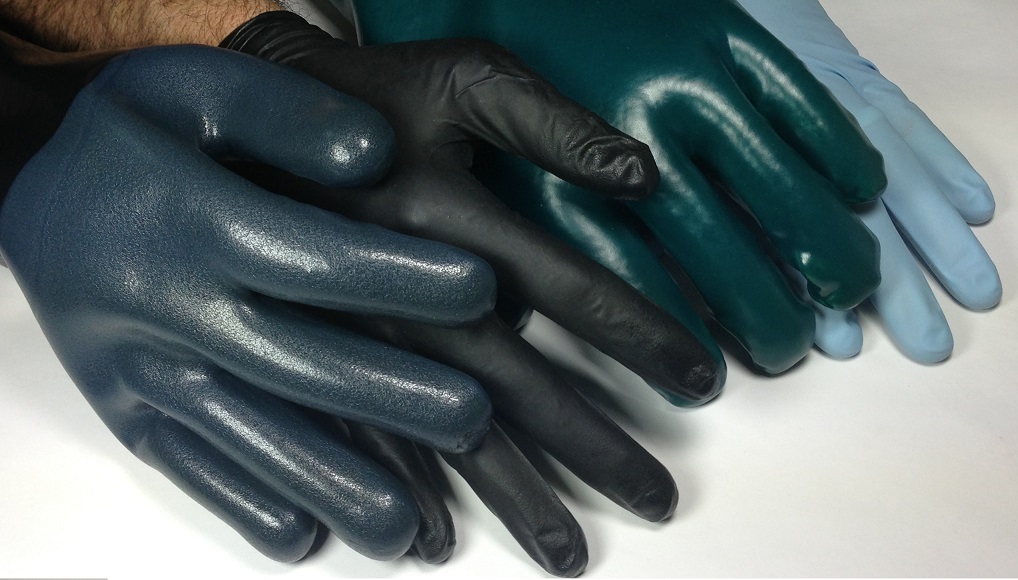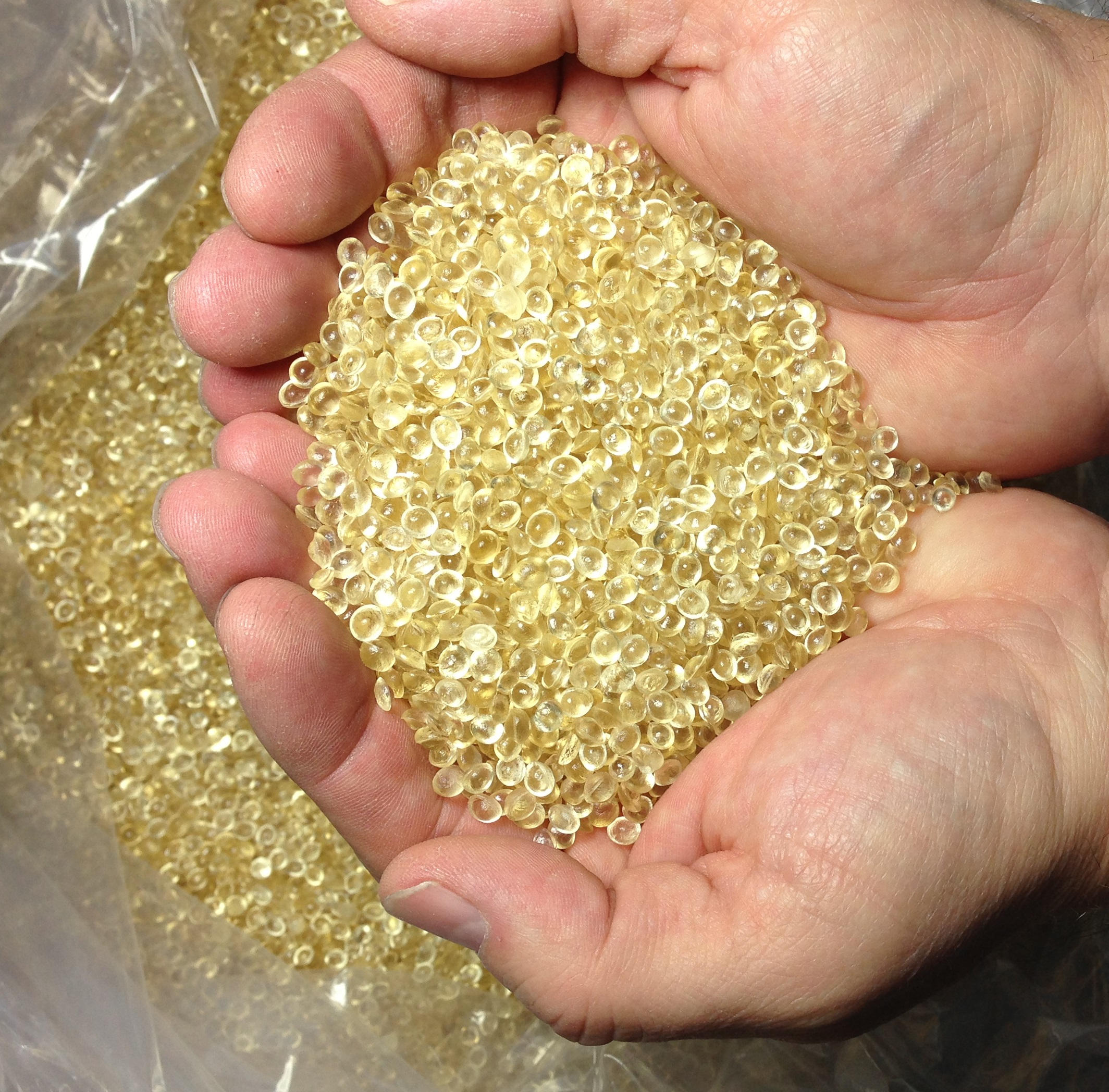What is landfill gas?
Landfill gas is the product of the anaerobic decomposition of organic materials in a landfill. Methane comprises approximately half of this gas and can be converted into a renewable energy product. The EPA established the Landfill Methane Outreach Program to promote landfill gas beneficial use projects by partnering with states, local governments and the private sector. This program is a cornerstone of federal renewable energy initiatives.
What kind of energy can landfill gas produce?
Electricity generation is the most common energy recovery use, with two-thirds of existing projects producing this form of renewable energy. One third of the projects directly use landfill gas in boilers, dryers, kilns, etc.
Companies using landfill gas include BMW, SC Johnson, Tropicana, Ford, Dupont, Honeywell, Sunoco, General Motors, Fujifilm, Dart, Stouffers, Anheuser Busch, Frito-Lay, and many more.
How many landfills convert gas to energy?
According to EPA’s Landfill Methane Outreach program, as of July 2013, 621 landfill gas energy recovery programs are operating in the United States and approximately 450 other landfills are good candidates for these projects.
What are the energy benefits of using landfill gas as a renewable energy source?
As of October, 2012, existing recovery projects produced annual amounts of 14.8 billion kilowatt-hours of electricity and 102 billion cubic feet of landfill gas for direct use.
EPA estimates these products provide annual energy benefits of powering 1 million homes — a little fewer than in the state of Nevada and heating 736,000 homes — about the number of homes in Maine.
What are the environmental benefits of using landfill gas as a renewable energy?
In addition to the energy conservation benefits provided by converting landfill gas into a renewable energy product, reduces greenhouse gases produced by fossil fuels such as natural gas, coal, diesel or other fuel oil. EPA estimated for 2012 that landfill gas recovery projects had an annual environmental benefit of carbon sequestered annually by more than 21 million acres of pine or fir forests OR carbon-dioxide equivalent emissions from 238 million barrels of oil consumed OR annual greenhouse gas emissions from 20 million passenger vehicles.
Landfill gas recovery is recognized by EPA’s Green Power Partnership and 37 states as a source of green, renewable energy.
Landfill gas is generated 24 hours a day, seven days a week. Its generation is not dependent on environmental factors such as the amount of sunlight or wind. In fact, landfill gas supplies more renewable energy in the United States than solar power. Landfill gas recovery has an on-line reliability of more than 90 percent.
Find the original National Waste and Recycling Association document and Landfill Gas Renewable Energy Fact Sheet here: http://beginwiththebin.org/images/documents/landfill/Landfill-Gas-Renewable-Energy-Fact-Sheet.pdf




